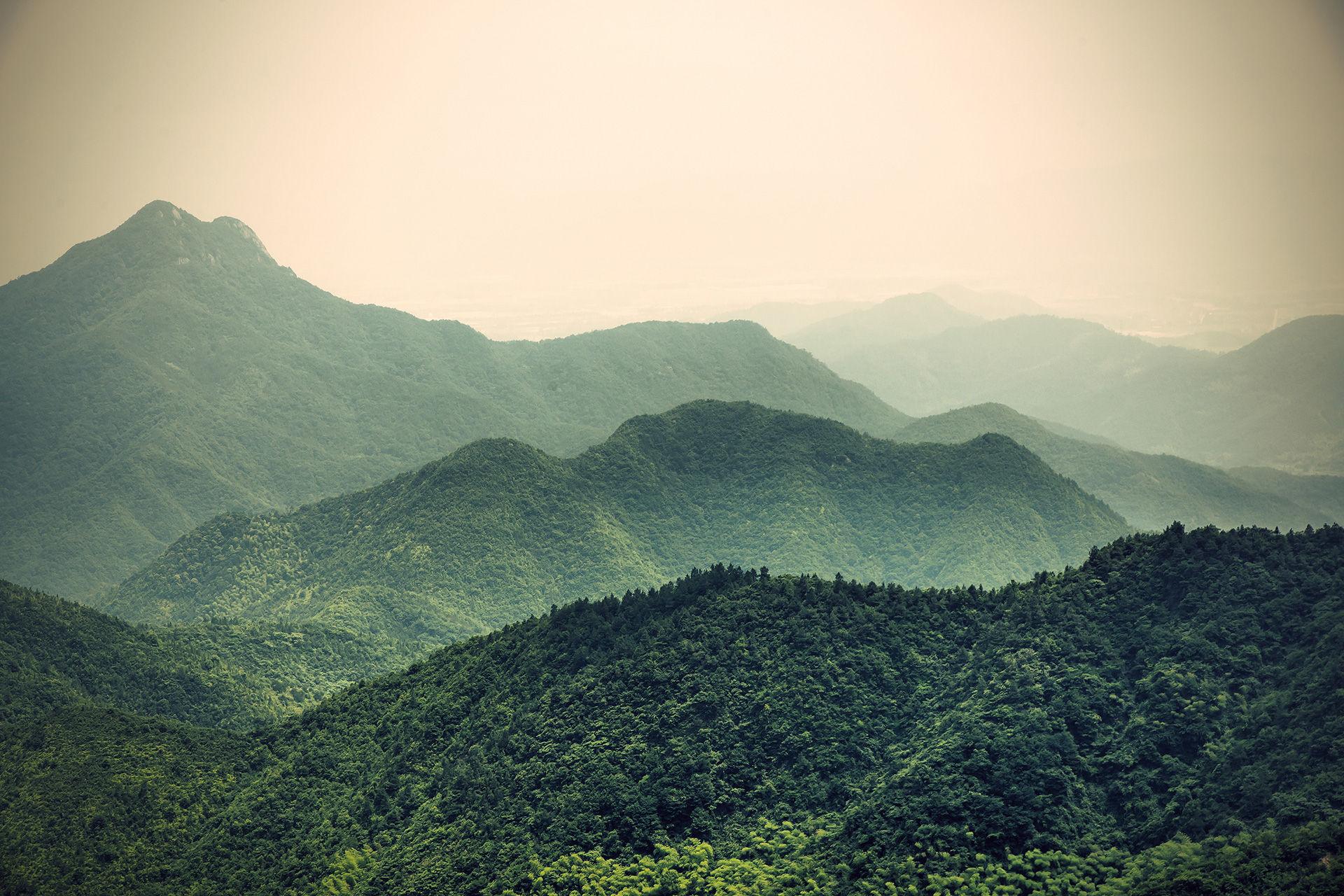Hiroshima.
- Molly Pyle

- Jun 27, 2018
- 3 min read
After a long day in and out of trains, we have finally arrived in Hiroshima! Han Sensei taught us how to make origami cranes for the memorial tomorrow, and although we started a little rough, I think we are getting the hang of it! It just started raining, and it smells and sounds amazing. I think we all miss sharing a six-person room because Annie, Tori, and Qwadayza all made their way into our room at some point, and then we proceeded to start a nap chain, which was fun, but also needed after a travel day.
The Hiroshima Peace Museum and Memorial were extremely powerful and emotional, as I expected them to be, but there is something about being that space that puts all the events of Hiroshima into perspective. Walking through the memorial park was so peaceful, and after waking past the dome it is crazy to think that at one point in time, the beautifully green and peaceful area I was standing in was the center of destruction and radiation that decimated and annihilated an entire city of people.

I was teary eyed throughout the exhibit, starting with the full wall length panorama of the A-bomb aftermath and survivor videos and ending with destroyed school uniforms lined up in a row and remnants of personal effects of the victims. Although the exhibition was very moving, I learned a lot from it. Being an American, we tend to be told the chain of events from the perspective of the United States, and it was interesting to learn about the events of August 6th 1945 from Hiroshima point of view. Throughout the museum, I thought I would have seen a bit more prejudice against the United States than I did, especially since we were the ones who were the root cause of all the destruction they endured. One thing I kept thinking was "I can't we thought dropping the bomb was the best plan of action, how could we be okay causing this much damage?" Back in the states, we are taught that as Americans, we're the "good guys" who come to help win the war. America, as a country, I feel is fairly ethnocentric, usually being more concerned about ourselves, and wanting things to go our way. Sure we intervene in world affairs, and I know there are exceptions, but in most cases we are promoting our democratic beliefs or benefiting in some way. Seeing all the death and destruction that we caused created some tensions in my national identity as an American. I was feeling guilty for actions I myself didn't cause, but are associated with my country, and by extension me. I find it interesting that in these circumstances, the pronoun “we” is used. The U.S. tends to fall on the individualistic side of the cultural spectrum, but when we use “we”, we are giving ourselves a sense of collectivism. In this case, since America dropped the bomb, we still identifying as the guilty party. I also wasn't aware of the ripple effects of August 6th 1945. In school we were taught the events of World War II, Pearl Harbor, The Manhattan Project, Hiroshima, Nagasaki, etc, but I don't recall hearing about the nearby islands or testing sights that were affected. I didn't know that whole populations had to be relocated from their islands, and that thousands, many outside of Hiroshima and Nagasaki, who were impacted by radiation and other results of the atomic bombs. And then large scale ripple, everyone else trying to come to the nuclear table with the U.S., and us telling everyone to “hand them over” while we keep stockpiling ours. There was just a lot going through my head, and I know that both sides try to tell their story and I am glad that I now have multiple perspectives on what happened that day and the events surround it. And it was very cool to see the small exhibit featuring Obama's visit to Hiroshima and his cranes. The museum as a whole was very powerful and eye opening and although heartbreaking, I learned quite a bit about these historic events, as well as a few things about me.




Comments